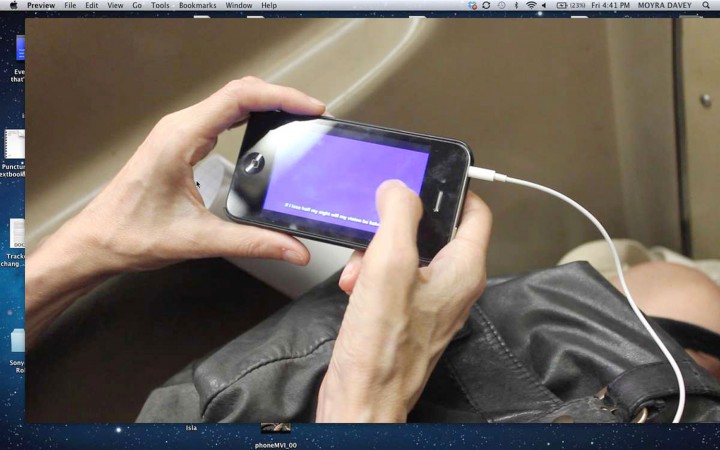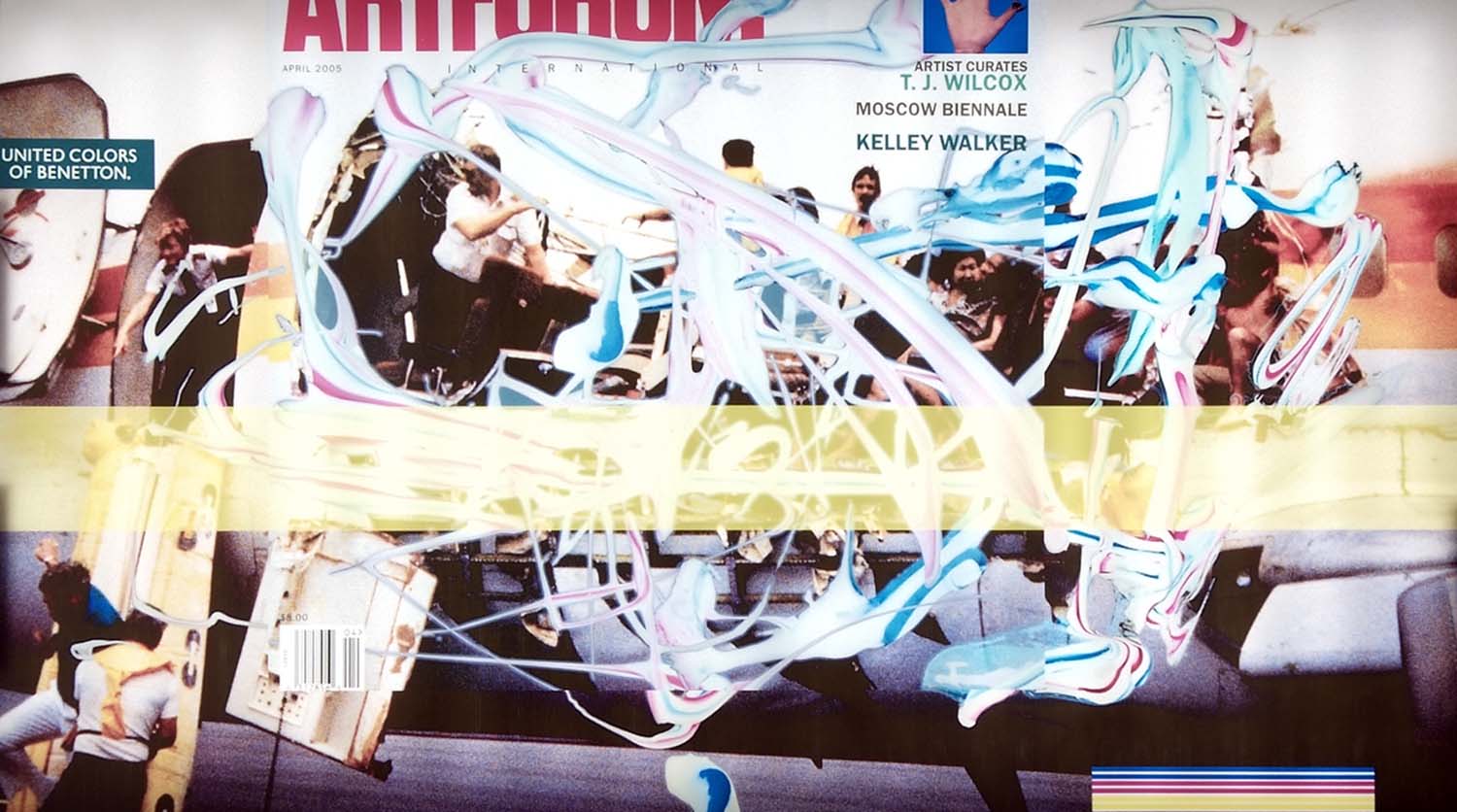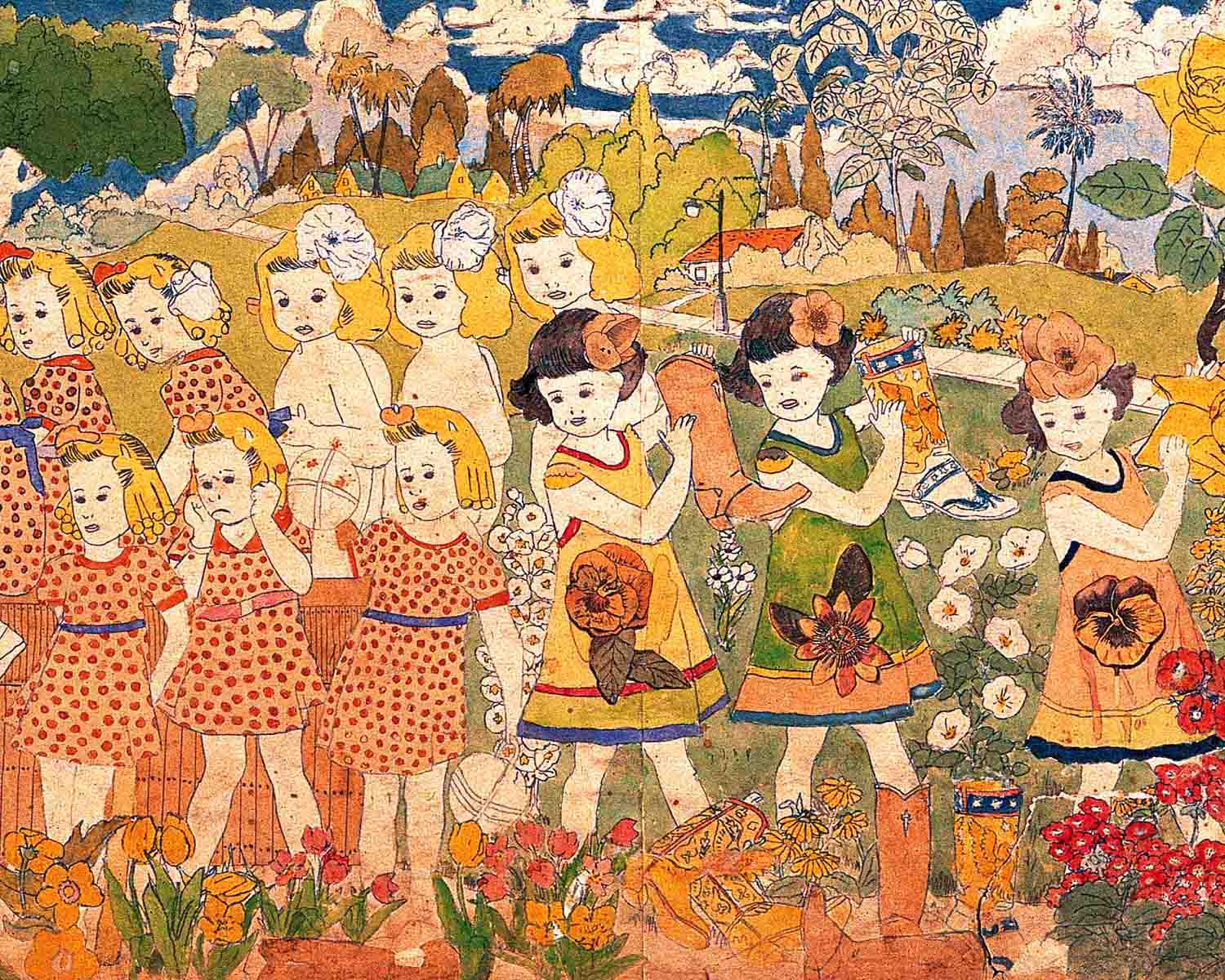A number of very young women came up to me over the course of Superscript, the two-day conference on the subject of arts journalism and criticism in the digital age, held at the Walker Art Center last weekend. Each told me she wanted to be some kind of arts writer. Their palpable expectancy that I would say something dispiriting caused me to brightly respond each time: “Great! Do it!”
“Hmmmm,” said another editor and writer when I told him this. “I always try to be realistic when I’m teaching.” I remain uncertain as to how I should’ve handled these exchanges. It raises a myriad of questions about what all of us involved in art who write are doing and why. Still, Superscript presented a chance for writers, editors, curators and artists to respond to some of these questions, in particular those regarding the transformations in arts journalism and criticism during our online era.
A keynote was delivered by art critic Ben Davis, who suggested that we might be in an age of “post-descriptive criticism,” using The New York Times’s impressive multimedia presentation of Michael Kimmelman’s article “A New Whitney,” on the opening of the new Whitney Museum of American Art, as a compelling example. In an era in which hi-res images and exhibition walk-throughs are ever popular, are critics somewhat released from the burden of explaining every last detail in an art review? Or is it in that act of description, those artfully chosen adjectives, that the work of criticism is, in fact, done? James Bridle’s keynote, on the second day, focused on “machine seeing” by reminding us that Google Maps and other satellite images are made not by cameras but by machines whose imaging is constructed from data and made legible to human eyes. We are trying to learn something from the network, believes Bridle; we are trying to learn through and with it — revealing structures that have always been with us “but that we can no longer ignore.”
The group called on to discuss “Connectivity and Community” — writer Claudia La Rocco discussing her project Performance Club, e-flux’s Brian Kuan Wood, Triple Canopy’s Alexander Provan and The New Inquiry’s Ayesha Siddiqi — was, for me, the most compelling of the conference. Nuanced as each presentation was, each speaker thoughtfully outlaid separately, before discussing together, some of the pitfalls of fetishizing an idea of community, or mistaking the “connectivity” of online networks for something that it is not. La Rocco identified “the romanticizing of the humble effort and the desire to be widely seen seem as the crux of many a present-day difficulty and weirdness.” As she continued: “It’s so tempting to make a fetish out of the small and local. It’s so tempting to measure your worth in social media likes. Both of these things are themselves so obvious and oft stated as to be embarrassing to mention.” People underrepresented in culture being able to connect and speak are part of what makes the Internet an interesting space, pointed out Siddiqi.
However, black teens getting together on Vine and making videos using slang that quickly appears on a Denny’s twitter account, she argued, not only reveals the acceleration of co-option, but more than this, that “these platforms, which we always forget are just actually corporations, are mistaken for bastions of democracy.” Communities, subcultures, teens, people of color, LGTBQ groups and others who labor creatively to make new and vibrant forms end up producing, for free, work that is capitalized on so that money falls into the same hands. Drawing on Miranda Joseph’s Against the Romance of Community, Provan described the question of who Triple Canopy’s audience might be as a “public” rather than a “community,” partly because the word community is often used to describe a nostalgia-tinged vision of “good” activities positioned as, in Joseph’s words, “the defining other of modernity, of capitalism.” Kuan Wood’s definition of the “Supercommunity,” a recent project by e-flux for the Venice Biennale, defined an ominous public voice of connectivity — a big tsunami-like presence rather than a friendly, knowable community.
Other highlights of the conference included new video commissions by James Richards and Moyra Davey, whose new video work Notes on Blue (2015) was itself a form of writing about writing and art, and beautifully attentive to the ‘truth’ of very specific details (example: ‘the pubic hair on the Pepsi can’) which carry a strong sense that they have been taken from memory, from life.
The issue of the previous day had been more structural, financial, than theoretical. Representatives from a variety of online platforms described their genesis and their financial models, and there had been something of a TED Talk/‘think different’/Silicon Valley line taken by several speakers. It was notable that on one panel, LA Times’s Christopher Knight, BuzzFeed’s Isaac Fitzgerald and Pitchfork’s Ryan Schreiber, three white men, each did a version of their “how I did it” life story, while Rhizome’s Orit Gat made a case for the way that negative reviews can renew a conversation. Gat’s position as moderator in the subsequent discussion further highlighted the learned swagger of the other three, and gave her less opportunity to be asked questions about her ideas.
What other structures were suggested for those young writers, who might want to be paid for their work? St. Louis-based James McAnally of Temporary Art Review described a small-scale barter-based economy for local organizations. Gat’s suggestion, on the other hand, that online publications might use small paywalls seemed to be met with horror. As it was, the dominant models pertained to advertising (meaning increased use of click tracking and minor forms of surveillance), crowdfunding and so on. The same colleague who suggested I should have been more realistic with the young writers also pointed out that the issue of public funding or the National Endowment for the Arts had not arisen once over the course of the two days. For now then, it seems that we have inherited from digital technology some of the modus operandi of its most successful businesses, which appear to dominate the question of how we will think about distributing new forms of thinking and writing — perhaps some of those newer writers in the audience might consider overturning that kind of structural hangover, if they want to.




